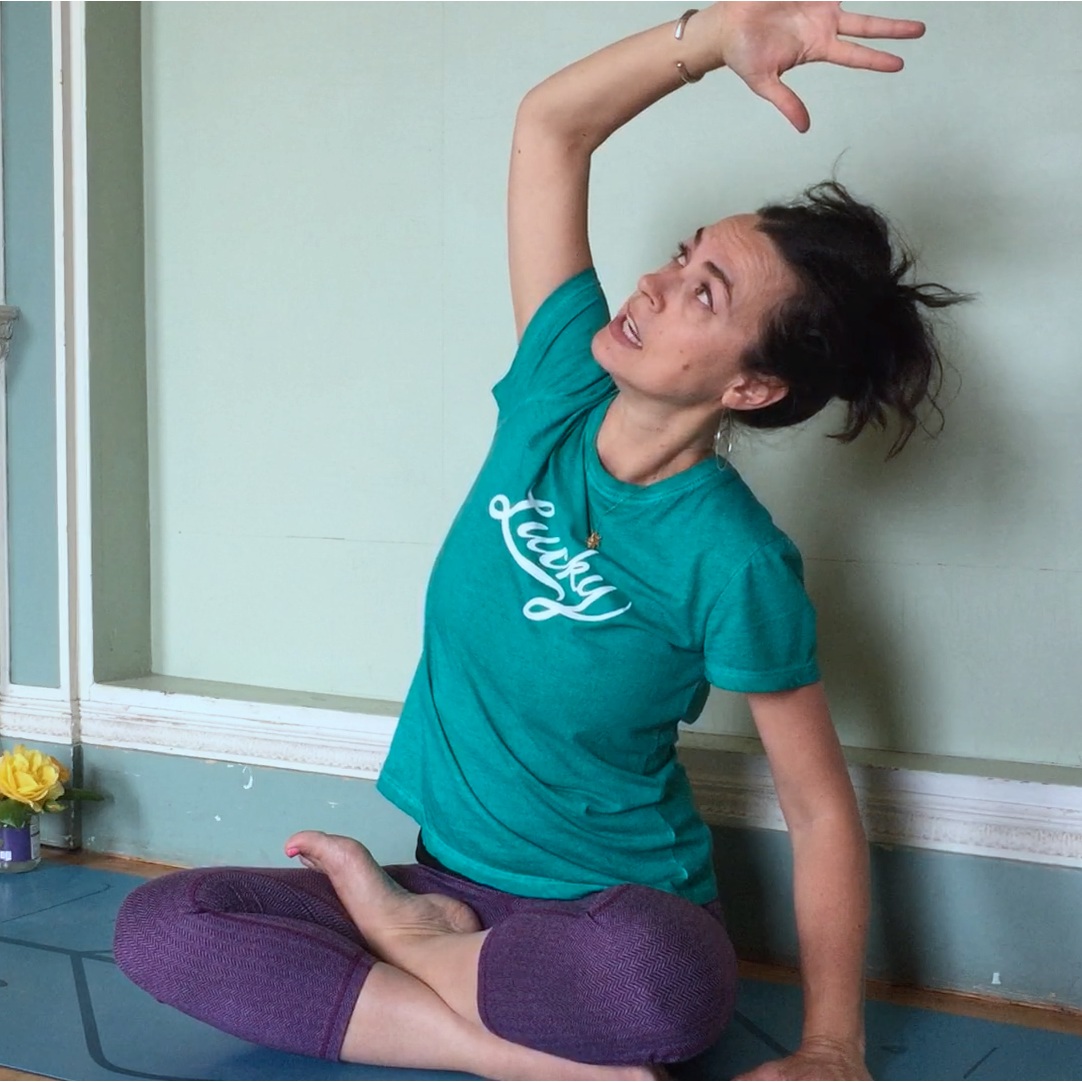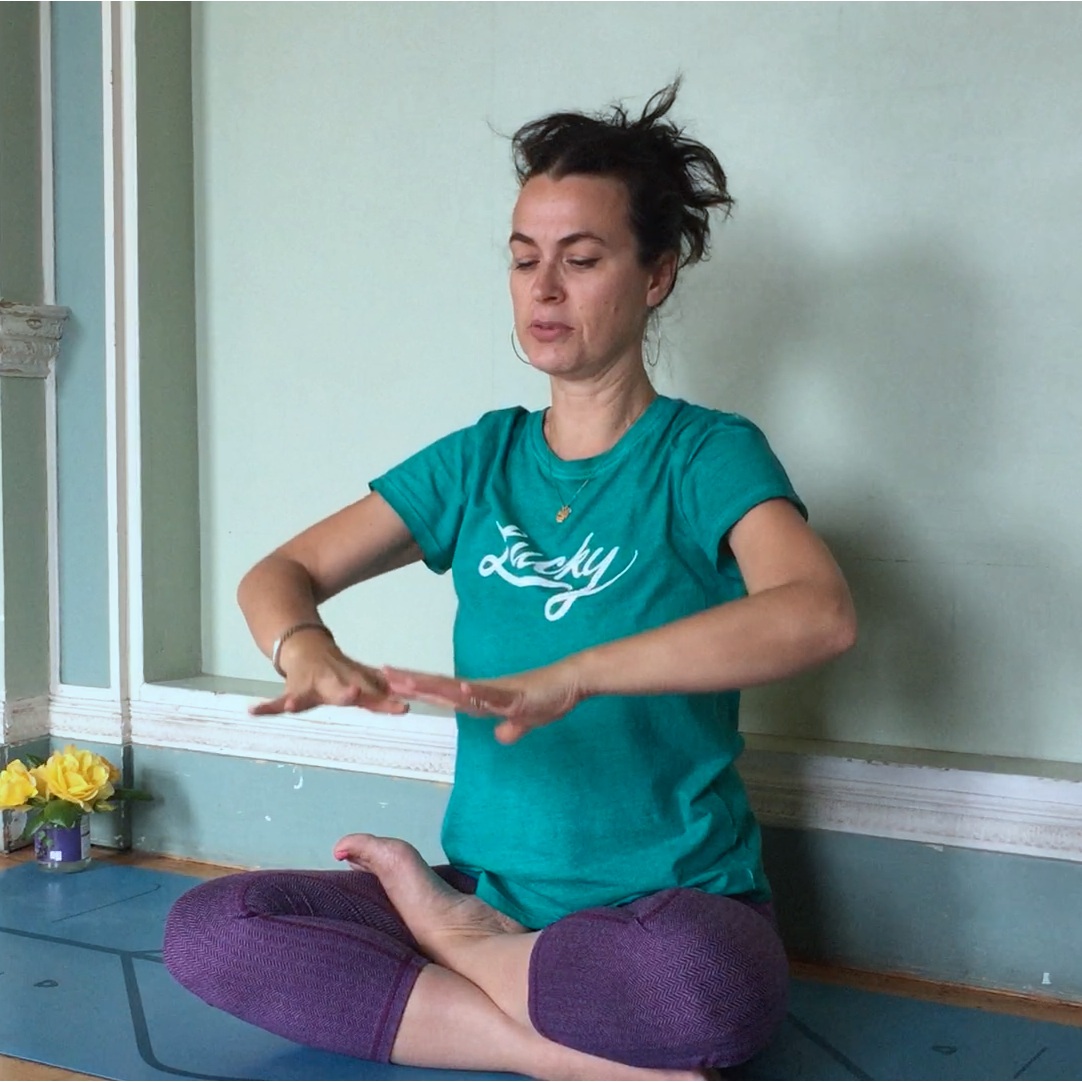What is Ocean Breathing and how can it help me?
The ocean is a powerful force of nature that has the ability to calm and soothe us. It is no surprise that ocean breathing has become a popular form of breath work that can transform your life, release emotions, and reduce stress and anxiety.
In this post:
What are the health benefits of mindful breathing?
Video: 10-minute Ocean Breathing sequence
Classes and workshops
Safety and precautions
Ocean breathing is a form of diaphragmatic breathing that is inspired by the rhythm of the ocean waves. It involves taking slow, deep breaths in through the nose and out through the mouth, allowing the breath to flow like the waves of the ocean. As you breathe in, imagine you are filling your lungs with the clean, fresh ocean air, and as you breathe out, imagine you are releasing any negative emotions or stress.
What are the health benefits of mindful breathing and what is ocean breath?
Breath work has been shown to have a profound effect on the body and mind. Ocean Breathing, also known in Sanskrit as Ujjayi breathing (pronounced oo-jai), has a balancing influence on the entire cardiorespiratory system and the nervous system. Practising Ocean Breathing helps calm the mind and body and brings with it with many benefits:
stronger lungs with an increased capacity
healthier heart and strong diaphragm
sometimes the ability to heal asthma
may release the habit of smoking
a calmed nervous system
diminished stress
lowered blood pressure and heart rate
improved sleep
more enhanced mental-state
enables us to identify and heal old wounds from our past
In addition to these benefits, ocean breathing can also improve our overall well-being. By practicing this form of breath work regularly, we can increase our lung capacity, improve our digestion, and boost our immune system. It can also help us to sleep better and increase our overall sense of relaxation and well-being. Ocean breathing is accessible to anyone - it doesn’t matter what your age, your size, or physical constraints are, if you can breath, you can do this exercise.
Try Ocean breathing for 10 minutes a day and watch what happens!
VIDEO: 10-minute Ocean Breathing sequence
Watch my ocean breathing sequence which guides you through a 10-minute sequence to help calm the mind and rebalance the body.
To practice ocean breathing, find a quiet space where you can sit comfortably with your back straight. Close your eyes and begin to take slow, deep breaths in through your nose and out through your mouth. As you inhale, imagine you are filling your lungs with the clean, fresh air of the ocean, and as you exhale, imagine you are releasing any negative emotions or stress. Repeat this process for several minutes, allowing your breath to flow like the waves of the ocean.
Making breathing practices a part of your positive daily habits will create meaningful transformation for you. Practice it and you will see for yourself!
A 10-minute breathing sequence to centre the mind + body and open the heart centre. Can be practiced in a seated or standing pose, or seated in a straight back chair.
In conclusion, ocean breathing is a powerful form of breath work that can transform your life, release emotions, and reduce stress and anxiety. By tapping into the power of nature and the rhythm of the ocean waves, we can enhance the benefits of breath work and improve our overall well-being. So, take a deep breath and allow the calming power of the ocean to wash over you.
If you’re interested in learning more about breath work, them read A Beginner's Guide to the Benefits of Breath Work
Classes and Workshops
If you’re interested in taking a class with me to learn more about breath work, then check out my weekly live classes or on demand workshops. All levels are welcome!
Safety and Precautions
Practice breathing any time of the day, at least 1 hour after eating.
If you have breathing difficulties or a condition such as asthma, this breathing pattern may be difficult. Make sure you are breathing enough and end the practice if you feel dizzy or lightheaded. You should not feel pain or shortness of breath during this practice. Please consult your GP if you are unsure.
It’s not uncommon when practicing these breathing exercises that emotions arise and tears begin to flow. This is a very natural response when your body opens up and releases old emotions. If this happens, let it happen - you’ll feel better afterwards.
Resources
Very Well Fit - Ujjayi (pronounced oo-jai) is commonly translated as “victorious breath,” and has been used for thousands of years to enhance hatha yoga practice. Also commonly referred to as the “oceanic breath,” the sound that Ujjayi provides helps us to synchronize breath with movements during yoga, making the entire yoga practice more rhythmic.
A Life Worth Breathing - A Yoga Master’s Handbook of Strength, Grace and Healing - by Max Strom





